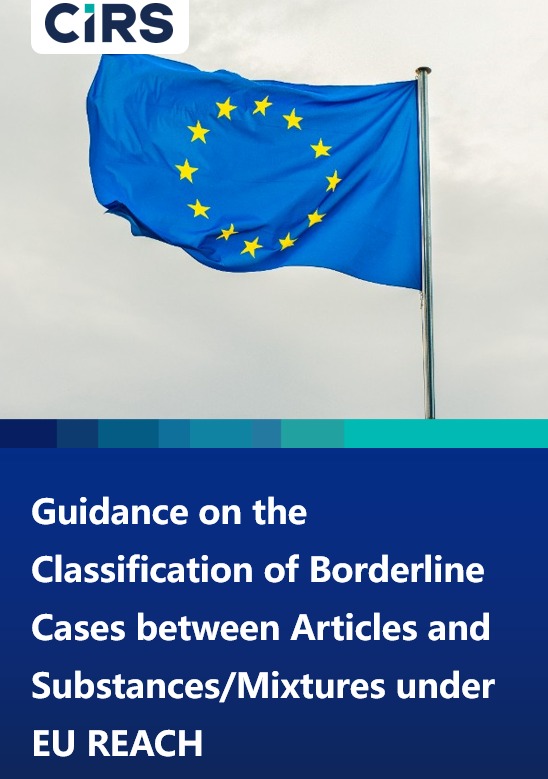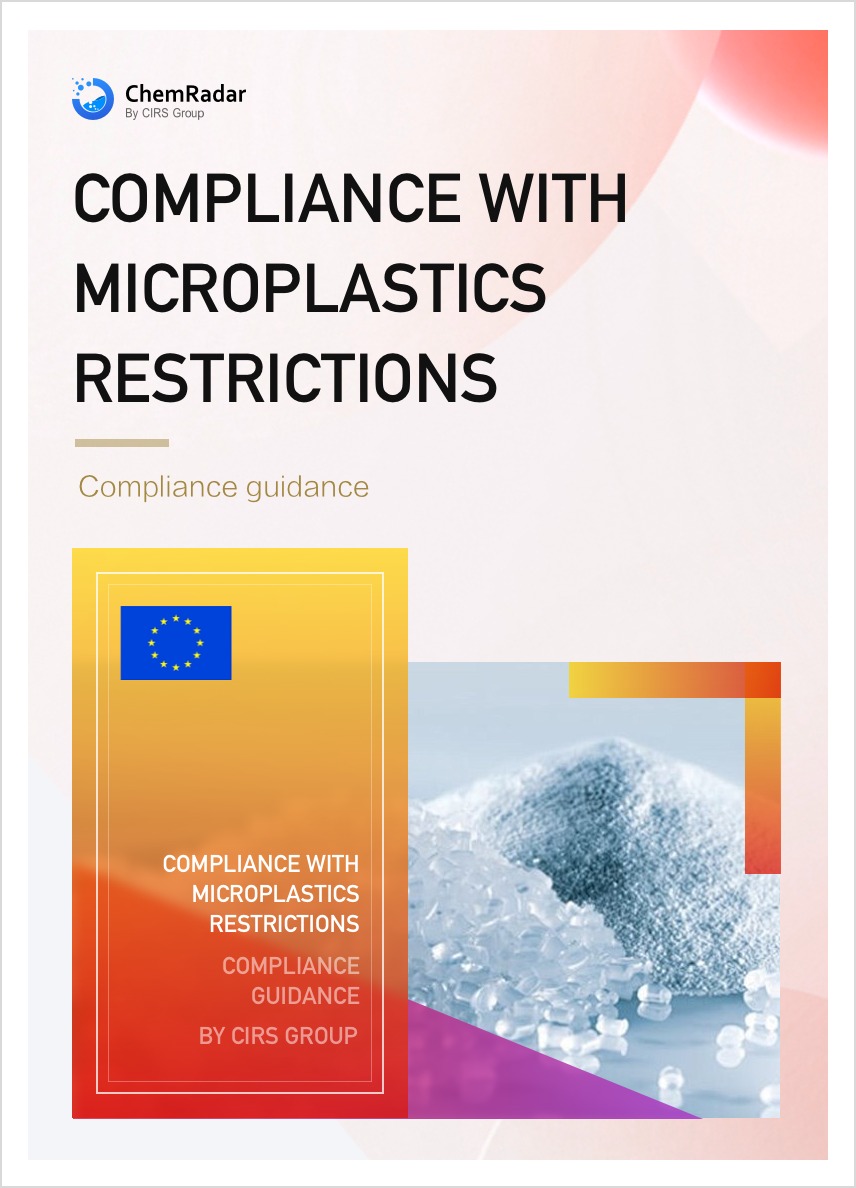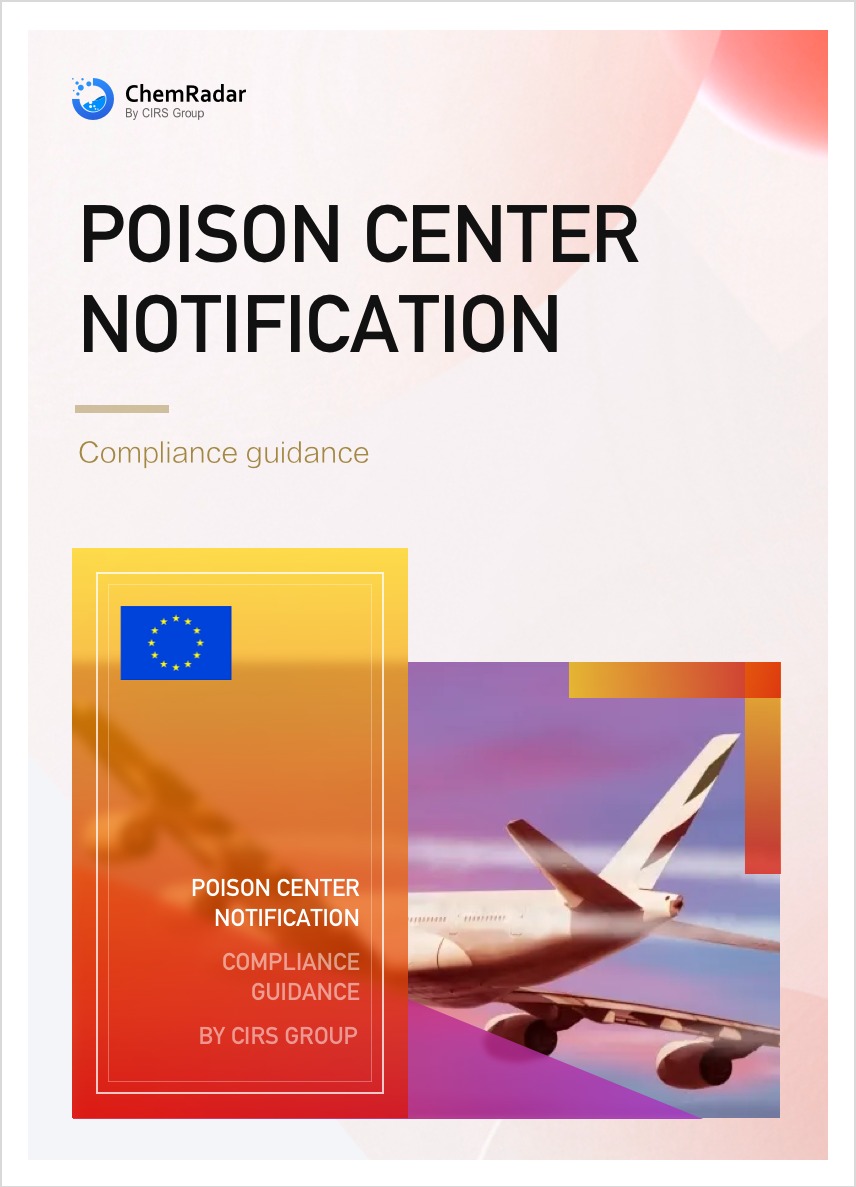On 5 May 2025, the European Commission formally adopted two amendments to Annex I of Regulation (EU) 2019/1021, the POPs Regulation, to further restrict the potential hazards of harmful chemicals to human health and the environment. The amendments mainly involve the control provisions for the ultraviolet absorber UV-328 and the specific exemption period for perfluorooctanoic acid (PFOA), its salts and related compounds in fire-fighting foams.
Control provisions for UV-328
The European Commission added the following entry to Part A of Annex I to Regulation (EU) 2019/1021:
|
Substance
|
CAS No
|
EC No
|
Specific exemption on intermediate use or other specification
|
|
2-(2H-benzotriazol-2-yl)-4,6-ditertpentylphenol
(UV-328)
|
25973-55-1
|
247-384-8
|
- For the purposes of this entry, Article 4(1), point (b), shall apply to concentrations of UV-328 equal to or below: (a) 100 mg/kg (0,01 % by weight) from [OP please insert date: entry into force of this Regulation], (b) 10 mg/kg (0,001 % by weight): 2 years after entry into force of this Regulation, (c) 1 mg/kg (0,0001 % by weight): 4 years after entry into force of this Regulation, where they are present in substances, mixtures or articles.
- By way of derogation, the placing on the market of UV-328 present in articles and the use of such articles shall be allowed for the following purposes: (a) in land-based motor vehicles, until: 5 years after entry into force of this Regulation; (b) in industrial coating for land based motor vehicles, engineering machines, rail transportation vehicles, and in heavy-duty coatings for large steel structures, until: 5 years after entry into force of this Regulation; (c) in mechanical separators in blood collection tubes, until: 5 years after entry into force of this Regulation; (d) in triacetyl cellulose film in polarisers, until: 5 years after entry into force of this Regulation; (e) in photographic paper, until: 5 years after entry into force of this Regulation]; (f) in civilian and military aircrafts, until: 5 years after entry into force of this Regulation; (g) in spare parts for any of the following: (i) land-based motor vehicles; (ii) stationary industrial machines for use in agriculture, forestry and construction; (iii) liquid crystal displays in instruments for analysis, measurements, control, monitoring, testing, production and inspection, other than for medical applications; where UV-328 was initially used in their production, until the end of their service life or 31 December 2043, whichever comes earlier; (h) in spare parts for any of the following: (i) liquid crystal displays in devices within the scope of Regulation (EU) 2017/745, and within the scope of Regulation (EU) 2017/746; (ii) liquid crystal displays in instruments for analysis, measurements, control, testing, production and inspection; where UV-328 was initially used in their production, until the end of their service life; (i) in spare parts for civilian and military aircrafts where UV-328 was initially used in their production, until 31 December 2030.
- Articles containing UV-328 already in use in the Union before or on the date of expiry of the relevant exemption laid down in paragraph 2(a) to (i) may continue to be used.
|
Core amendments to PFOA and its salts and related compounds
1. Specific fire-fighting foam exemption period adjustment:
- For existing fire-fighting foams containing PFOA-related compounds or their combinations: Residual PFOA-related compounds or their combinations in installed fire-fighting foam systems for suppressing liquid fuel vapours (Class B fires) may not exceed 10 mg/kg (0.001% by weight). The exemption is extended for 3 years from the entry into force of the new rules (the specific end date will be determined after formal publication).
- For fluorine-free fire-fighting foam cleaning standards: If equipment cleaning using "Best Available Techniques" results in residual PFOA-related compounds or their combinations meeting the 10 mg/kg limit, their use in fluorine-free fire-fighting foams is exempted.
2. Extension of exemption period: The specific exemption period for PFOA and its salts and related compounds in fire-fighting foams is extended from 4 July 2025 to 3 December 2025.
3. Deletion of review clause: The review clause requiring a review of the UTC (Unintentional Trace Contamination) limits for PFOA, its salts and PFOA-related compounds has been deleted.
4. New industrial transition clause: Products containing PFOA and its salts and related compounds that were already on the EU market before the expiry of existing exemption clauses (Articles 5(a)-(d)) may continue to be used until the end of their service life.
The amendment will enter into force 20 days after its publication in the EU Official Journal. Relevant enterprises should promptly conduct supply chain reviews and take measures to mitigate compliance risks.
Further Information
UV-328
PFOA



